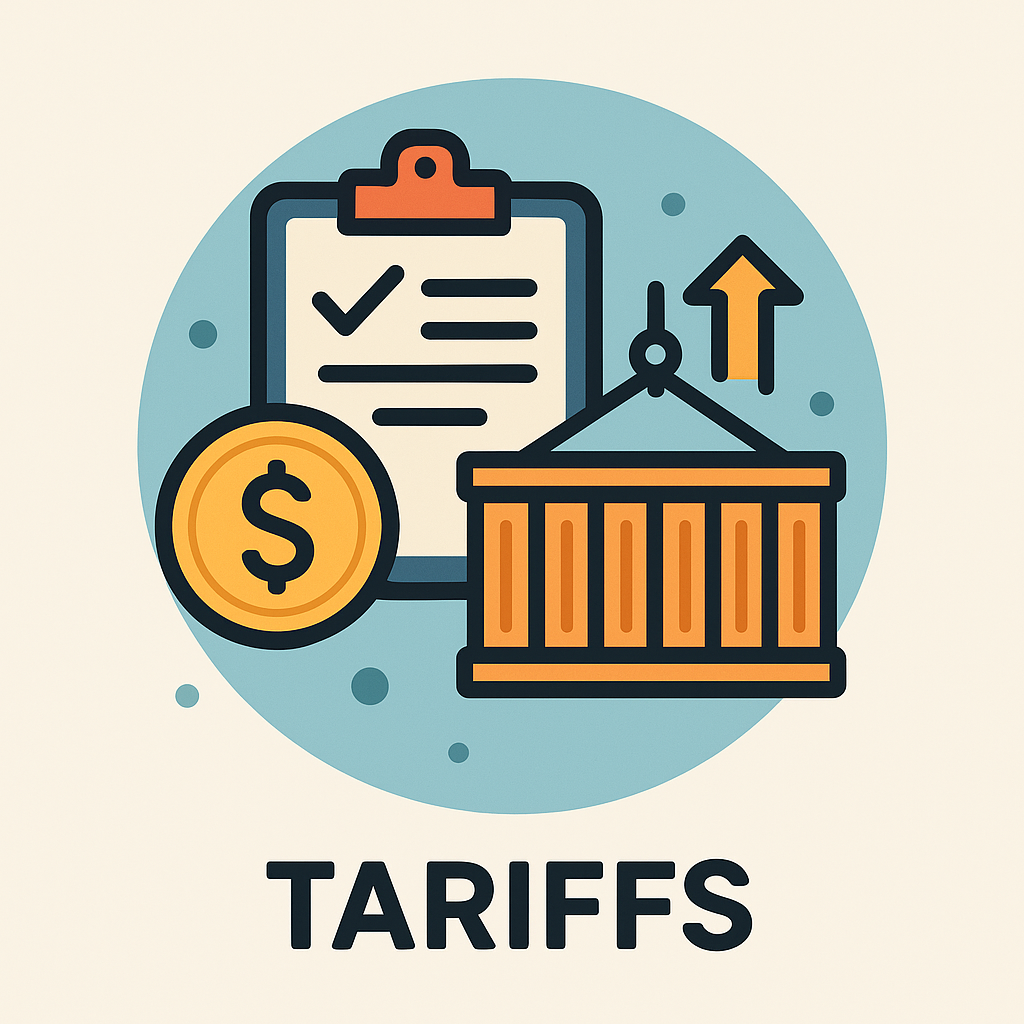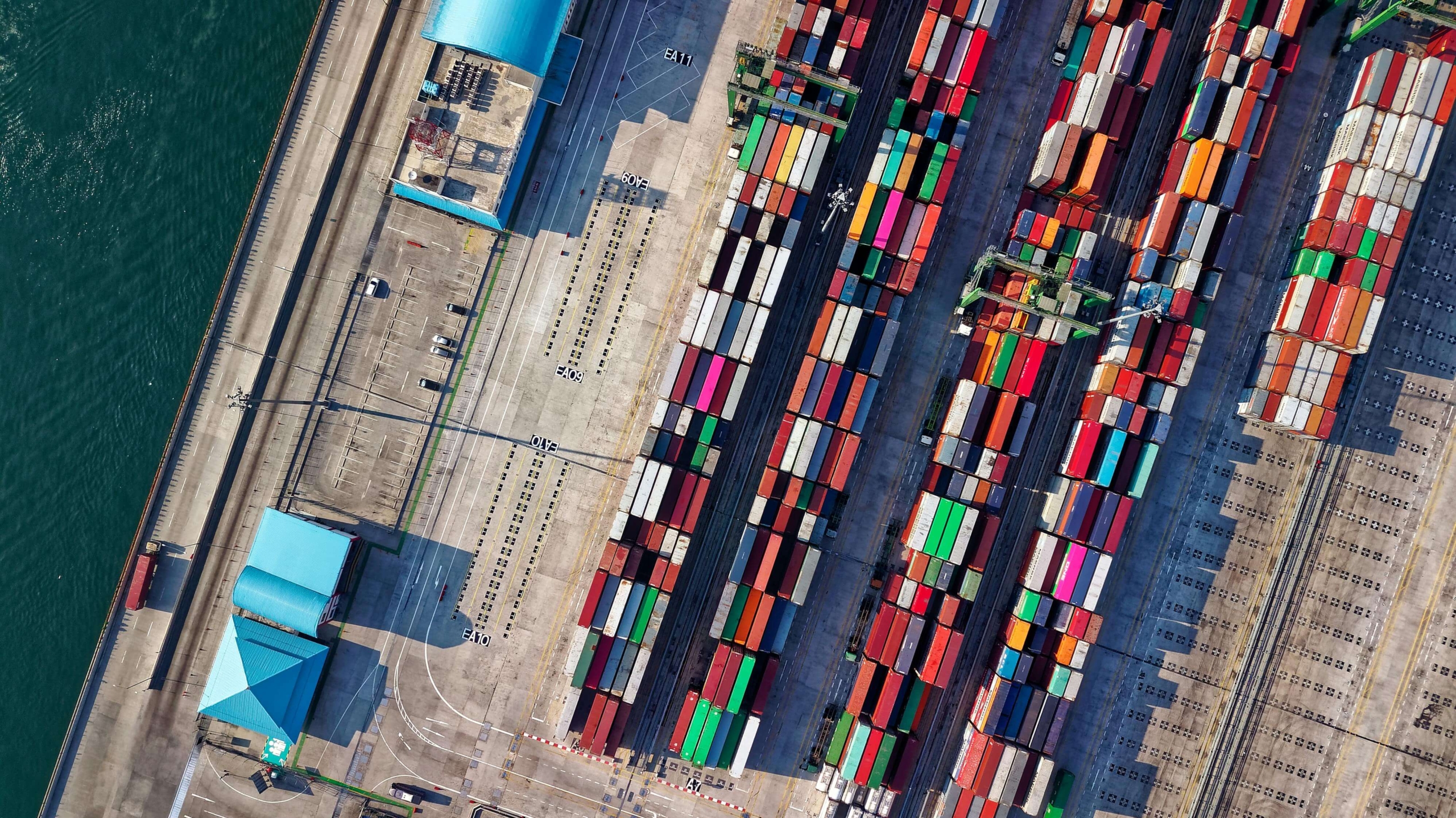How Tariffs Are Reshaping Reverse Supply Chains in 2025

Supply chains are facing steep new costs in 2025. The average tariff rate is now 17.8%, the highest since 1934. The impact reaches beyond imports, affecting reverse supply chains, which are how companies handle returns, repairs, and recycling.
Most focus has been on forward supply chains. But reverse operations cross borders often and face just as much trouble. This article will cover:
- The changes related to rising tariffs
- How they’re raising costs and creating new rules
- How they’re changing how companies manage reverse logistics
The Two Supply Chains: Forward & Reverse
Supply chains fall into two main types: forward and reverse. The forward supply chain moves products from the supplier to the customer. It includes buying parts, making products, and shipping orders.
The reverse supply chain works in the other direction. It handles anything after a sale, such as returns, repairs, recycling, or refurbishing.
Reverse logistics has more moving pieces. Products may cross borders often, sometimes long after being sold. As a result, they are more exposed to shifting tariffs and rising fees. Even small changes in trade policy can spiral into major problems in reverse operations.
How Tariffs Impact Global Trade
Tariff policy has changed fast in 2025. The average U.S. tariff rate has climbed to 17.8%—a level not seen before World War II. These higher costs are spreading across the global economy.
Prices for many goods have gone up. Some countries have responded with tariffs. China, for example, set an 84% tariff on U.S. imports. These moves have created fear of a global slowdown or even a recession.
These changes impact reverse logistics, too. With more expensive and risky trade routes, planning for returns, repairs, and recycling becomes more challenging. Companies must rethink where they get products and how they move them.
How Tariffs Are Changing in 2025
Tariff rules in 2025 are changing fast. Some big tariffs have dropped for now. For example, U.S. tariffs on goods from China and Hong Kong fell from 145% to 30%, but only for 90 days.
At the same time, there are new fees in the mix. Small packages from China now face a 54% duty or a $100 flat fee. A new 10% universal tariff also applies to all imports into the U.S. Starting in April, some countries face extra charges called reciprocal tariffs.
These changes are hard for businesses to track. The rules keep shifting, and companies that trade with many countries face extra risk and cost.
How Tariffs Impact Reverse Supply Chains
Rising tariffs are hitting products on their way out and making returns and repairs more expensive. In the next sections, we’ll look at how costs are going up, how systems are breaking down, and what this means for reverse logistics strategies.
Higher Costs & Retaliatory Measures
Returning, repairing, or recycling products now often costs more than what companies get back. This is especially true in electronics, auto parts, and industrial equipment.
One reason is retaliatory tariffs. China has answered U.S. tariffs with its own, some as high as 84% on U.S. goods. If a U.S. product gets shipped to China, then returned for repair or recycling, it can get taxed both ways. This is why cross-border returns carry more risk and are more expensive.
| How do tariffs affect freight rates? They raise costs by adding fees on both imports and exports, especially for goods moving more than once. |
Companies use real-time analytics and tracking tools to manage these changes to monitor product flow, cost impacts, and shifting rules.
| Cross-Border Returns & Tariffs: How to Manage Rising Costs Want to learn more about managing rising cross-border costs? This guide provides real-world strategies for keeping returns affordable despite challenging and evolving tariffs. |
Disruptions to the Reverse Supply Chain
Tariffs make running extensive, global repair and recycling hubs too expensive. These centers used to handle returns from many countries. Now, with higher cross-border fees, they’re being shut down.
In response, some companies are building smaller centers in different regions. Others are moving away from global service models. These shifts raise costs but help avoid more tariffs.
Inventory is also being affected. Many companies that once relied on just-in-time models are now stockpiling goods. This change is driven by rising tariffs and material shortages. It’s hitting businesses that depend on returnable items the hardest.

Compliance & Documentation Challenges
Tariff policy in 2025 has made paperwork much more difficult. Now, businesses need to track the country of origin for every part in a product, even if it’s used or refurbished.
They’ve also lost the “de minimis” rule for China and Hong Kong returns. Before, small shipments could skip full customs checks. Now, every return, no matter the value, needs full processing.
The paperwork has to include many details: the product’s condition, when it was shipped, what tariffs were active, and where each part came from. These details slow down the process, creating higher costs. TrueCommerce calls this “an extraordinary documentation burden,” and it’s one of the top barriers to reverse logistics today.
An automated reverse logistics platform can help reduce this burden by streamlining customs documentation and improving visibility across borders.
| What are the barriers to reverse logistics? One major barrier is the detailed and expensive documentation required under current tariff rules. |
Reduced Reliance on Imports
Many companies are cutting back on imports to avoid paying tariffs repeatedly. They’re choosing to source, repair, and recycle goods closer to home.
This shift means reverse logistics strategies are becoming more regional. Even though local labor may cost more, it helps avoid cross-border fees and other roadblocks.
There’s also a bright side: more local work can spark new ideas in recycling and reuse. However, building the needed systems takes time and money, and companies need to invest in new tools and sites to make it work.
| Do tariffs slow down shipping? Yes. Tariffs add extra steps like customs checks and paperwork, which can delay delivery and returns. |
Implications on Sustainability
Tariffs are making it harder to recycle and refurbish products. High fees on cross-border shipments raise costs, which may lead some companies to throw items away instead of reusing them.
This trend weakens global efforts to build a circular economy. When reverse supply chains break down, fewer products get a second life. The result is more waste and more pressure on raw materials.
But there’s also an upside. Companies turning to local recycling and repair may cut carbon emissions from long-distance shipping. If businesses invest where it’s needed most, regional reverse logistics can create better domestic systems and help the planet.
Companies using a sustainability-focused reverse logistics solution find balancing costs and environmental goals easier.
| The Business Case for Circular Returns Management Wondering how to make sustainability pay off? Learn how circular returns management can reduce waste and cut costs simultaneously. |
Rethinking Reverse Logistics Strategies in a Tariff-Heavy World
Tariffs in 2025 are changing how companies manage reverse logistics. Costs are going up. Rules are harder to follow. Many global return and repair centers are closing. Now more than ever, businesses need to track more details for every product that crosses a border.
Because of this, companies are moving toward local repair and recycling. This can cost more initially, but it avoids repeat tariffs and helps the planet by cutting down on shipping. A local approach can also strengthen and make supply chains more straightforward to control.
Now is a good time to review your reverse logistics strategy. Consider using automation to handle paperwork. Request a ReverseLogix demo today.
| Read Next: Want to stay ahead of what’s coming? Learn how returns management is evolving: The Evolution of Returns Management: Trends in 2025 and Beyond |
